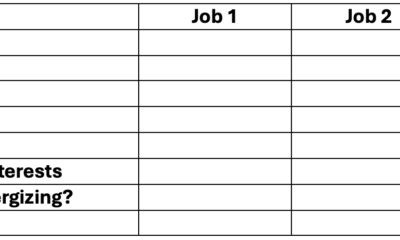Finance
What Is a Promissory Note? Examples and Uses

A Comprehensive Guide to Promissory Notes
A promissory note is a legal document that illustrates a written promise between two parties—typically a borrower (the note’s “payee”) and a lender (the note’s “issuer” or “maker”)—that states the terms and conditions of a financing agreement. It defines elements such as the principal loan amount, interest rate, maturity date, repayment schedule, collateral requirements, and default and late payment terms. Essentially, it acts as acknowledgment of the specified lending terms and is legally enforceable when properly signed by both parties.
Key Takeaways:
- It is a debt instrument that reflects a promise between two parties partaking in a financing transaction.
- It can be used by any party partaking in a financing transaction and is not specific to banks or other traditional lenders.
- It essentially acts as a legally binding “IOU.”
- The legal enforceability of a promissory note can include consequences such as asset seizure, legal fees, and impact on your credit score.
How Does a Promissory Note Work?
A promissory note is commonly prepared by a legal professional or, oftentimes, can be drafted by the issuer themselves. While financial institutions commonly issue promissory notes, individuals or companies lending money can also use them. When seeking financing, the promissory note will be one of many paperwork requirements associated with loan closing. At closing, the terms set forth in the note are reviewed, and signatures are provided in acknowledgment. A notary public may also sign the promissory note alongside the issuer and borrower. Once executed, the document becomes a legally binding contract, and the borrower must adhere to the terms.
Common Elements of a Promissory Note
The structure and language of a promissory note may vary, but common elements include:
- Names and addresses of both parties
- Principal loan amount
- Applicable interest rate
- Repayment schedule
- Maturity date
- Collateral requirements
- Default and late payment terms
Types of Promissory Notes
Promissory notes can be categorized as either secured or unsecured based on the type of financing needed:
- Secured promissory note: Includes collateral to secure the loan in case of default.
- Unsecured promissory note: Does not require collateral.
Repayment Structures of Promissory Notes
Various repayment structures can be included in promissory notes:
- Installment promissory note: Repayment in monthly installments.
- Simple promissory note: Lump sum payment at the end of the term.
- Open-ended promissory note: Associated with revolving credit facilities.
- Demand promissory note: Immediate repayment on demand.
- Investment promissory note: Involves period income for an investor.
- Convertible promissory note: Allows debt to be converted into equity.
Promissory Note Examples
Promissory notes are used in various financing scenarios:
Getting a Small Business Loan
A small business owner may seek funding for renovations with a five-year loan.
Borrowing Money from Friends & Family
A borrower may repay friends and family with a lump sum payment.
Working With Venture Capitalists
Startups may use convertible notes for growth funding.
Bottom Line
A promissory note is a crucial document in financing transactions, ensuring that both parties understand and agree to the terms. It is legally binding and protects both the borrower and the lender. Understanding the intricacies of promissory notes can help borrowers navigate the loan process effectively.
-

 Professional Development1 month ago
Professional Development1 month agoDrawing up your strategy
-

 Personal Growth2 months ago
Personal Growth2 months agoSucceeding as a ‘parentpreneur’: Top tips
-

 Videos2 months ago
Videos2 months agoGreat Leaders INSPIRE Others To Do Great Things
-

 Productivity1 month ago
Productivity1 month agoHow to Increase Remote Work Productivity
-

 Productivity2 months ago
Productivity2 months agoTips for Boosting Work Productivity
-

 Productivity2 months ago
Productivity2 months ago5 Ways to Increase Your Personal Assistant’s Productivity
-

 Leadership1 month ago
Leadership1 month agoHow to Tackle Big Challenges
-
Leadership1 month ago
Cutting Through the Clutter of Internal Communications































